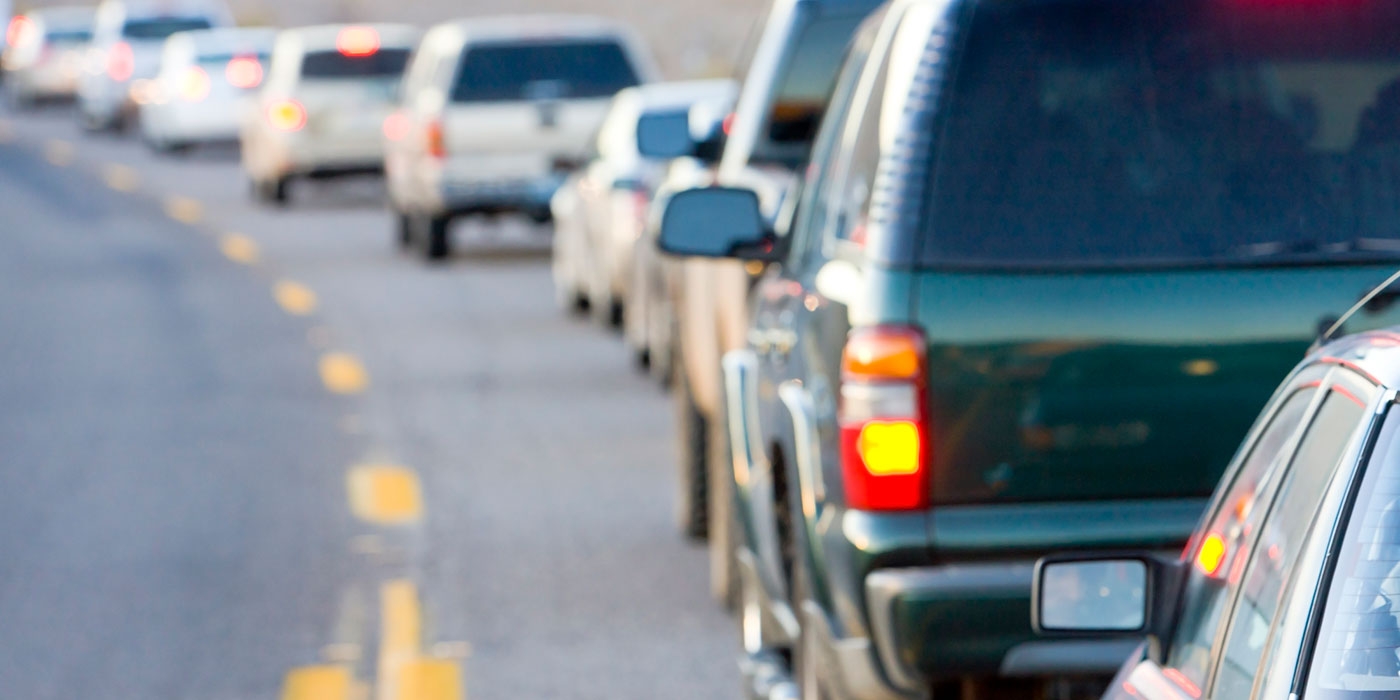How far is your nearest bus stop, and how frequently does the line run? How far is the nearest grocery, school, park, or restaurant, and do you feel safe or comfortable walking there? How many houses are built on a block, and are the streets on a grid or filled with cul-de-sacs? In recent decades planners have studied the consequences of late 20th-century growth patterns, including sprawl and the American dependence on cars.
Breathe Utah recognizes the connection between land use — where and how we build — transit, and air quality due to transportation emissions. The features of density, diversity of development uses, connectivity, nearness of destinations all influence the amount of driving residents tend to do, and influence how widely mass transit is used. Fortunately, communities in the Wasatch front have benefitted from Envision Utah’s efforts starting nearly two decades ago to promote “quality growth”, a precursor to what many call “smart growth”, and which has given rise to an ever-widening acceptance of Complete Streets methodology and the Wasatch Choice visions. These growth and transportation planning methods promote better air quality by promoting multi-modal transportation in new development and redevelopment projects. Our staff and volunteers observe, participate, and collaborate to ensure that the ideals of smart growth are upheld as projects are approved and implemented.
Transit systems are best able to succeed as viable alternative to car travel if they are able to affordably, conveniently connect people to their destinations. Land use that can support transit is important. Public investment in transit, and public enthusiasm for transit as a desirable service in our communities, is also necessary. Lastly, management of our transit agencies needs to earn public trust. Breathe Utah is committed to enhancing to role of transit in Utah.

